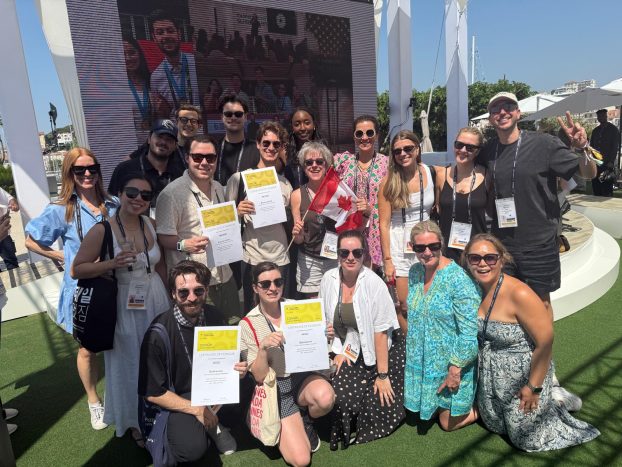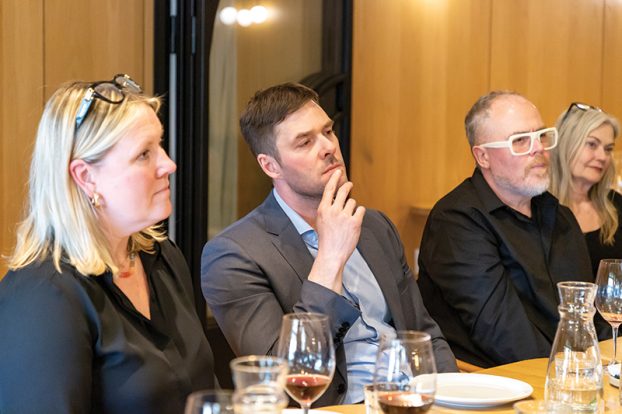Most viewers, it’s fair to say, flip right past Telelatino (TLN) when they’re channel-surfing. If they do pause, it’s most likely to ogle the runway models who host the variety shows.
John Montesano, however, would like to convince them to stay a little longer.
In a bid to boost ratings and capture a share of the mainstream audience, Canada’s Italian and Hispanic television network has made a number of significant changes in recent months, adding subtitled movies, English-language programs and more accessible material such as music videos to its broadcast schedule.
In addition, TLN has begun producing more original programming, in the hope of strengthening its identity as a distinctly Canadian service, rather than simply a rebroadcaster of foreign content.
The changes are designed to increase the channel’s appeal to three key segments, says Montesano, director of programming and market development for Toronto-based TLN Television Network. The first is younger Italian-Canadians whose first language is English. The second is viewers with specific interests, such as fans of Latin music. And the third is simply the general mass of channel-surfers out there.
Subtitled programming is one means of attracting younger viewers. In October, TLN began airing Italian and Spanish movies with English subtitles. The channel has also added subtitled programs such as Angeles, a Spanish-language remake of Charlie’s Angels, which was picked up from Telemundo.
Montesano, for his part, is excited by the prospect of developing more original programming. Telelatino has always done some news and event programming, but a recent $300,000 grant from the Canadian Television Fund will permit the channel to attempt some more ambitious projects.
The first scheduled to air is an English-language documentary about the arrival of Italian immigrants in Canada, entitled Pier 21. TLN is also seeking further grants for a series of Hispanic-culture programs, also in English.
Montesano – who edited now-defunct Eyetalian magazine for five years before joining TLN – says such original programming is intended to capture both Italian- and Hispanic-Canadians interested in their own heritage, as well as a more mainstream audience.
Ultimately, of course, the prime motive behind all of this activity is to build the channel’s advertising base – and, in particular, to attract more national advertisers.
As a rule, Telelatino is pitched as an add-on to campaigns, says Nick Bianchi, director of advertising sales with Toronto-based Specialized Media Sales, the rep house for the network.
‘If you’re putting money on MuchMusic,’ says Bianchi, ‘why aren’t you also putting money on Graffiti [a TLN music show targeting the 16-24 age group]? If you’re putting money on TSN, why not our soccer [broadcasts]? Here’s an opportunity to get a segment that’s very similar to the [mainstream target] you’re aiming at, but that you might not be hitting through those other programs or networks.’
Some national advertisers do seem to buy the argument. Rob Young, senior vice-president, planning and research for Toronto-based Harrison, Young, Pesonen & Newell, says his media management firm has purchased TLN on behalf of clients such as Labatt Breweries of Canada and Sprint Canada. It’s an option that Young says he considers when the added reach can help a client.
Other national advertisers that buy TLN include Bell Canada and Western Union Canada. Much of the channel’s advertising revenue, however, still comes from local retailers.
Also in this report:
– Marketers overlooking youth audience: Youth ethnic Canadians retain strong ties to their cultures: So why don’t more advertisers target them in their own media? p.29
– Face of Chinese market is changing p.30
– South Asian films a hit for AMC p.30




























